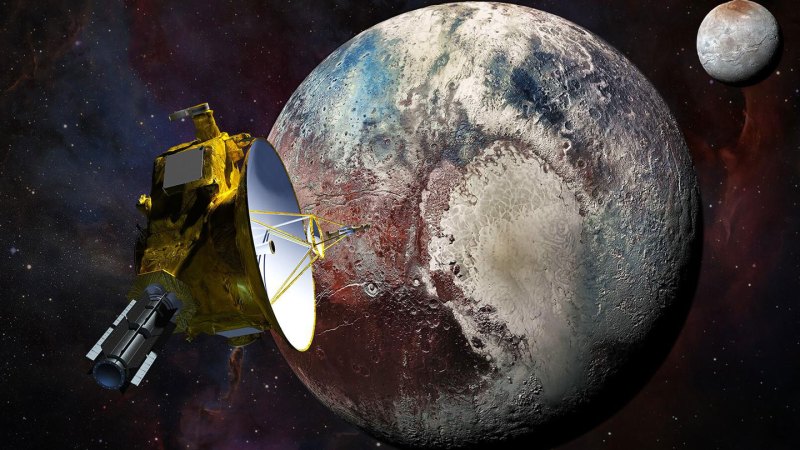New Horizons, NASA’s historic spacecraft, completed its flyby of Pluto on July 14, 2015. Since then, scientists have continued to unravel the complexities of this distant dwarf planet, providing new insights into its geology and atmosphere. As the probe ventures further into interstellar space, researchers reflect on the lasting impact of this groundbreaking mission.
Ten years after the encounter, the data collected from New Horizons remains invaluable. The probe’s closest approach revealed a world characterized by vast plains, towering mountains, and deep canyons, changing our understanding of planetary formation in the outer solar system. Researchers have discovered that Pluto’s surface is far more dynamic than previously thought, with evidence of geological activity occurring over the last 4.6 billion years.
Among the findings, the discovery of a possible subsurface ocean beneath Pluto’s icy crust has sparked considerable interest. According to Dr. Alan Stern, the principal investigator for the New Horizons mission, this revelation suggests that Pluto may possess more in common with larger icy moons than scientists initially believed. He stated, “Pluto is a complex and active world, and we are only scratching the surface of what it has to offer.”
Ongoing Research and Future Exploration
The wealth of data from New Horizons continues to be analyzed, leading to new papers and studies being published. Researchers have focused on understanding Pluto’s atmosphere and how it interacts with solar winds. The probe captured detailed images of hazes and clouds, which have helped experts gain insights into the chemical processes at play.
The mission also provided crucial information about the surrounding Kuiper Belt, where New Horizons is currently traveling. This region, believed to contain remnants from the early solar system, holds the key to understanding planetary evolution. As New Horizons moves beyond Pluto, scientists anticipate that its observations will enhance our knowledge of other icy bodies in this distant region.
The mission’s success has reignited interest in exploring the outer solar system. With the advancements in technology and the lessons learned from New Horizons, NASA is now considering future missions that could further investigate the Kuiper Belt and beyond. The potential for new discoveries in these unexplored areas remains significant.
Impact on Education and Public Engagement
The New Horizons mission has not only contributed to scientific research but has also inspired a new generation of scientists and space enthusiasts. Educational programs and outreach initiatives have been developed to engage students in topics related to astronomy and planetary science. The mission’s imagery and findings are regularly featured in classrooms and public exhibitions, fostering a broader understanding of our solar system’s history.
As the spacecraft continues its journey into the unknown, the excitement around New Horizons serves as a reminder of humanity’s quest for knowledge. The data from Pluto will likely influence planetary science for years to come, paving the way for future exploration and discovery.
With its groundbreaking findings, New Horizons has solidified its place in the annals of space exploration. As researchers continue to analyze the wealth of data it gathered, the mission will undoubtedly remain a focal point of scientific inquiry and public fascination for years to come.






































































